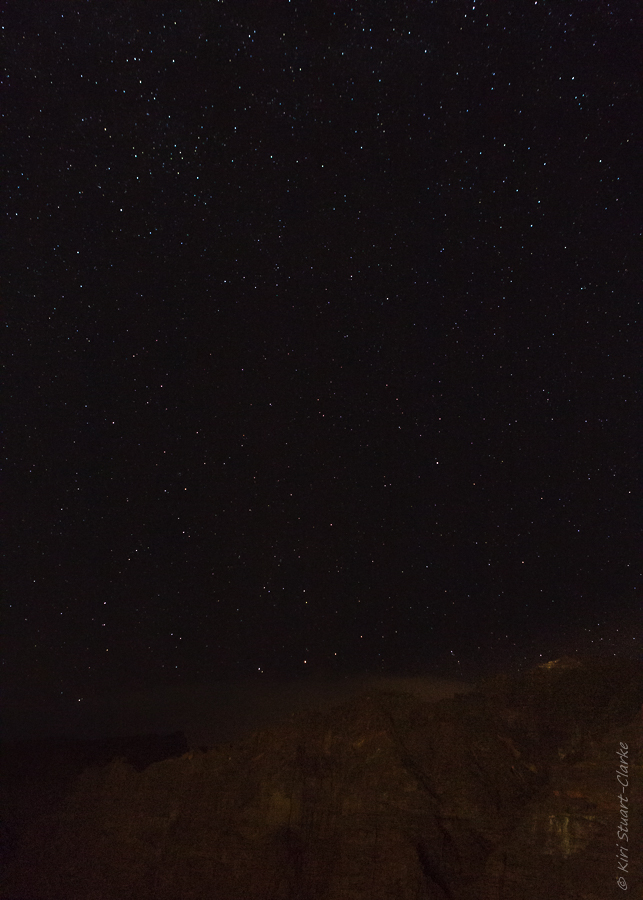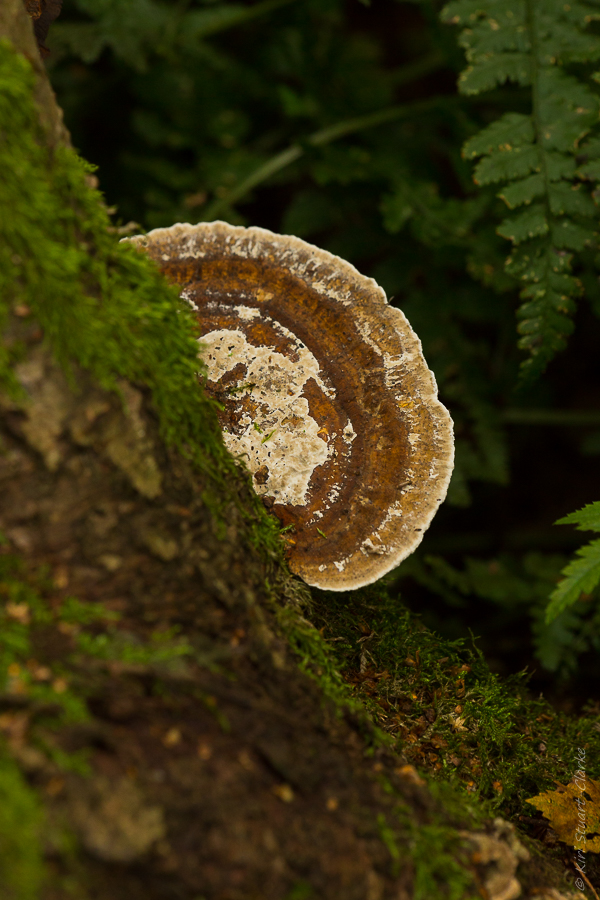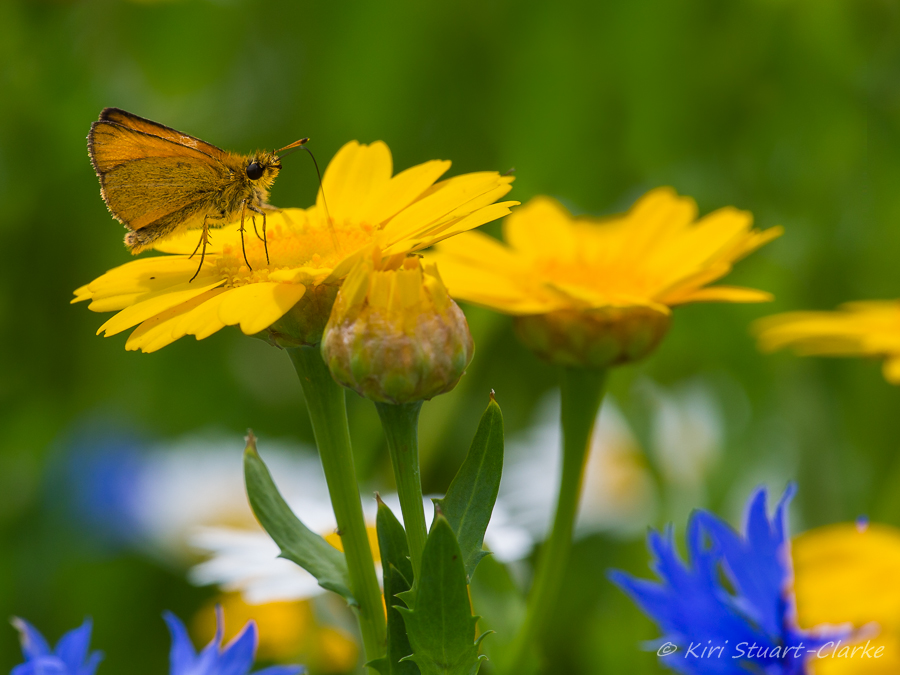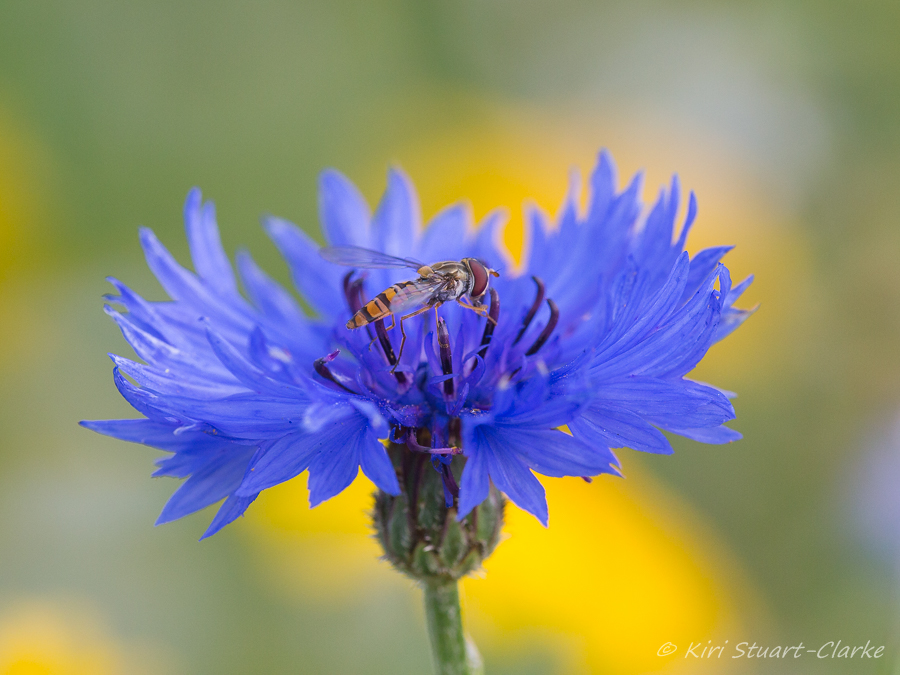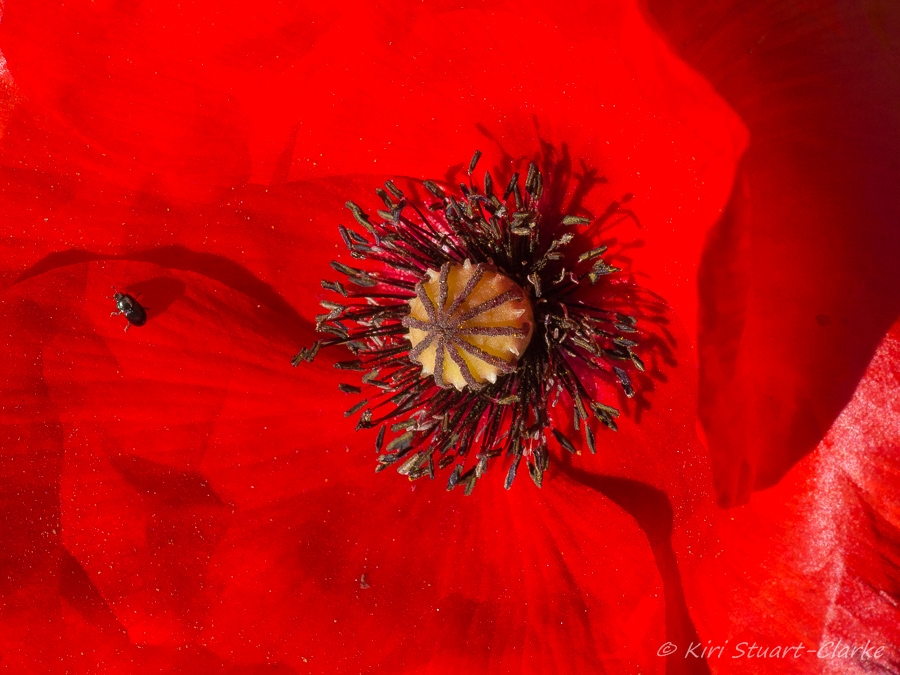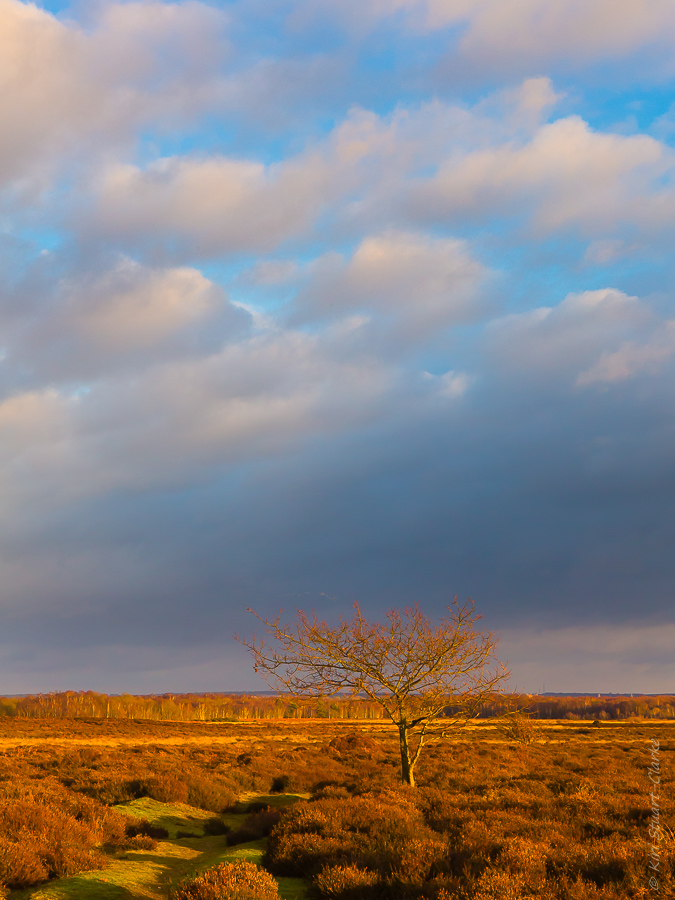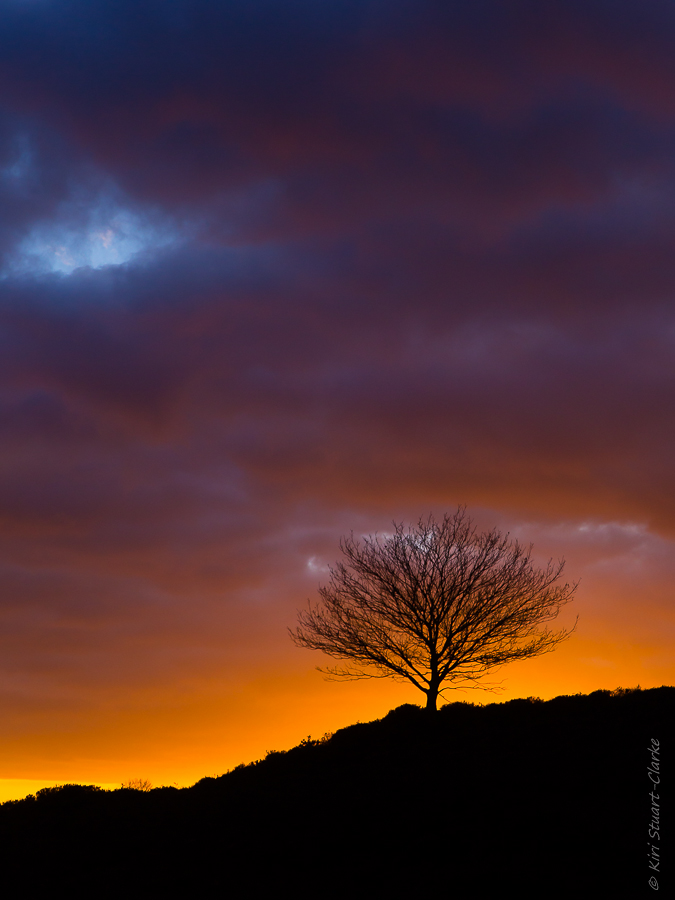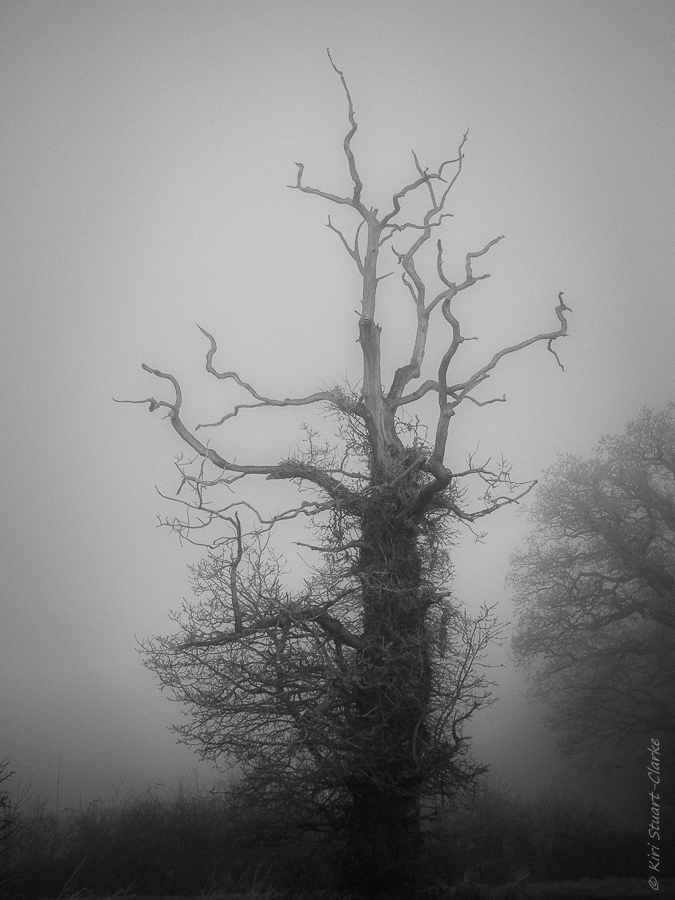For me, springtime is as much about the pure whites and lush greens, the fresh background colour palette against which the more vivid yellows, pinks and lilacs that pretty spring wildflowers display their wares to early pollinating insects. At this time of year the woodland floor becomes a pastel mosaic of early spring wildflowers such as greater stitchwort, water avens as well as bluebells and campions all in a mad dash to flower and seed before the renewed tree canopy shades their light for the summer season until autumn leaf-fall arrives.
Photo Blog
I love observing nature through the changing seasons both in my Norfolk wildlife garden and the surrounding countryside. I blog about wildlife gardening as well as about Norfolk butterflies, wildflowers and other flora and fauna that I come across. Bookmark my Norfolk nature photo blog to keep up to date with my photographic adventures.
Twilight at Hunstanton
Hunstanton lighthouse
Sea Squall At Stiffkey
I've been out of action for a bit , so it was a real pleasure to take a short trip out to the coast yesterday evening for a gentle landscape shoot in some interesting weather conditions. This shot is of a sea squall passing across the saltmarsh at Stiffkey.
First Frogspawn
This humble image was taken today after a week of cold days and grey leaden skies. For me first frogspawn truly symbolises the onset of spring. What was particularly joyous this year was to find it in my own garden despite my wildlife pond being first filled little over a year ago! While the frogs had left the scene there were plenty of newts hanging around to enjoy a spring feast.
Signs of Spring
At last...the first days when you can feel the warmth of the sun on your back... aconites and snowdrops in full bloom... realising sunset is well past 5 o'clock...it must mean spring is on its way. These photos of pretty snowdrops and winter aconites were taken on a recent snowdrop walk on Lexham Estate in aid of their ancient church.
Happy Valentines Day
The days are getting longer and it won't be too long before we start to see frenetic activity as spring begins to show signs of its impending arrival and our native wildlife start to feel romance in the air. Here are two emerald damselflies in a heart shaped embrace reminding us that love is in the air...
Winter blossom
January's photo marks a return to home ground, both in genre and location. This frosted winter blossom image was taken in Nar Cottage's garden and is of one of our new winter cherry trees "prunus x subhirtella autumnalis, planted to help winter insects, and it certainly seems to be flourishing even in its first year of growth.
The Pianist
Over Christmas I had a little dabble in street and night photography, a little off piste from my usual fare. This busking street pianist caught my eye on my trip to the beautiful Cologne Christmas Market. He wheeled his battered old grand piano on a rickety old trolley over to a shop window and then proceeded to play really rather well.
Frost Ferns
My first photo of 2015 was a reminder that you can discover beauty in the most mundane of places. This is a photo taken one morning of my bedroom skylight that slants southwards just as the sun just started to hit it with a peachy golden glow after a cold and deeply frosty night. I have cropped to tidy the composition and stretched the tonal contrast just a little to convey the depth and contours of the ice crystals but everything else is simply as nature intended....
Rainbows and Ripples
On a boat trip in Tenerife I was fortunate to have my closest ever short-finned pilot whale (globicephala macrorynchus) and bottlenose dolphin encounter on a gloriously sunny December's day. They are so giant and yet so graceful in their element that it is always magical experience for me to gain a fleeting glimpse into their mysterious life that is so very very different from our own.
I had taken a trip once many years ago for only a distant fleeting sighting and that was what I was expecting again this time, so I was quick to grab a backlit fairly distant shot at the first sight of a pilot whale dorsal fin. The notches and marks on a cetacean's dorsal fin are unique to every individual and are used as key identifying marks for scientists researching the pilot whale pods in Tenerife
But I was in luck, the pilot whale pod ventured much closer. As I watched them spout water from their blowholes I saw that the droplets were being refracted into a beautiful rainbow through the sunlight.
At one point one mature pilot whale swam right across the bow of the boat enabling a top down shot through dappled water and light into the sea.
After a last look at the pilot whales we moved on in search of the bottlenose dolphins. Once again we were in luck and watched a small family exhibiting fascinating behaviour. It seemed like the pod was working as an organised team in herding a shoal of fish, much in the way a collie might herd a flock of sheep, curving round in arcs and keeping them tightly packed together in a group. Except of course individual dolphins would then occasionally take it in turns to nip in for a quick snack. There were several calves in the group which may perhaps have been observing this complex team hunting and feeding technique in preparation for adulthood.
Bottlenose dolphin herding a shoal of fish accompanied by a juvenile bottlenose dolphin (above) and baby calf (bottom right).
The group worked closely as a co-ordinated team to keep the shoal of fish close together.
Its not all smiles for the fish, this bottlenose dolphin was putting its razor sharp teeth to good use.
Starry Starry Night
Though we have long nights, its a tad chilly right now to be outside doing star trail shots, so I confess this long exposure night scene was taken from the balcony in a rather warmer Tenerife. Many star trail shots are composite images made up of multiple photos of exactly the same scene blended together in post processing using software in the same kind of way that HDR images are, however it is possible to take a long exposure to create shorter star trails in-camera in just a single image.
It was a blustery evening and not really ideal conditions for taking razor sharp long exposures, but Tenerife is renowned for its clear skies, even being home to a well regarded observatory, so I simply couldn't resist the opportunity. I was particularly fortunate to have the pole star so visible and placed above the cliffs. It was amazing how many more stars became visible even in the 4 second photograph than could be seen with the naked eye.
In the first image you can see the starry sky as we humans see it, taken using a shockingly high ISO of 6400 and a 4 second exposure and then as the camera captured it over a period of 20 minutes (1236 seconds). Both shots used an aperture of f 4.0 and had long exposure noise reduction switched on. One other thing to remember is that it will take as long to store the image on completing the shot as it did to expose it in the first place, so this definitely isn't something to try in a rush.
Lest We Forget...
Coming up to 100 years since the start of World War One, sadly renamed after losing its uniqueness as "The Great War" to end all Wars. So here is one more poppy image, offered humbly to commemorate and with a little prayer that someday we may start to see fewer conflicts in the world...
Hailstorm at Wells
On my dog walk this week I enjoyed a beautiful rainbow, forgetting to check the wind direction, I got caught out by the hail squall it was caused by!
The rainbow colours came out beautifully against the dark inky sky.
The hail was hard and heavy and flocks of seabirds fled across Wells beach to seek shelter from the squall.
The hail was so dense and heavy it's created a mosaic effect in this shot of the beach huts.
October Red Deer Rut
This year's red deer rut photography was limited to a jeep safari at RSPB Minsmere and we kept our distance, but a few contextual black and white shots came out quite nicely. The first two tell the story of the less dominant stags and young bucks, who tend to avoid risking conflict during the rutting season. The third image is of the dominant stag interacting with a romantically minded hind in his harem.
A Fungi Photography Foray
Many people think of October and November as fungi season but various species "flower" all year, and September is a particularly good month to catch fresh early specimens.
This sort of photography is made for smaller bridge and micro four thirds cameras which can offer benefits over DSLRs in positioning, close focusing and depth of field. Remember to take a tripod as it is a real challenge to keep your shutter speed up and ISO acceptable when shooting in dark woodland and shady corners.
Photography in the dog days of summer
One of the things I chatted about on my recent BBC Norfolk radio appearance was the difficult light and the challenges it presents to photographers in high summer. But there is always something to shoot for....
By the time we reach August., though its still very hot and to us the height of summer, in the natural world the days are already drawing in and autumn is just around the corner. Its already getting a little easier to capture soft light in mornings and evenings and if you rise early after a clear night you might even find dew on the ground.
August is a great time to to visit our lowland heaths where the beautiful pink carpet of flowers is just coming into its own and can make a wonderful backdrop for close up photography.
August is a good month to spot late dragonflies as well as second brood and migrant butterflies. Most first generation butterflies are getting very tatty by now and make poor photographic subjects but some species have second broods that metamorphose around now.
The late summer harvest means that hares, who have enjoyed the cover of the growing crops since spring become easier to spot hunkered down in the stubble of harvested fields.
Many birds are already preparing for their Autumn migrations and this month I've immensely enjoyed watching the fledgeling swallows and house martins practice their flight and feeding up around my wildlife pond.
Feeling Summery
Its high summer the bees are buzzing and the butterflies fluttering. Our newly planted wildflower meadow has undergone a transformation into a thing of beauty, enabling me to have a spot of just-for-fun macro photography in my back garden...
Signs of Spring
March is a capricious month and can be very mild or carry a sting in the tale. This year we've been lucky and I captured this shot of one of our sure signs of spring - frogspawn developing into little tadpoles.
Red Kite Soaring
One of my favourite birds is the beautiful and graceful native red kite. I used to love watching one above my garden back in Oxfordshire but I now see them very rarely in Norfolk, so I recently took a short break to Wales to enjoy seeing them in flight at a feeding station. Sometimes known as a pirate of the sky, they are generally carrion scavengers with an important role in the ecosystem and take live prey far less frequently than is often thought.
They are agile flyers and will happily snatch other bird’s pickings and feed in mid air. Not all that long ago they were a species wrongly persecuted by farmers and estates to the brink of extinction but populations in Wales and the Chilterns have recovered thanks to a massive conservation and education effort. While they are far from common and poisoning remains a problem, their numbers appear to be rising in Norfolk as the recovery area population disperses and I hope soon to see these elegant birds of prey gracing our skies more frequently.
Sun mist and rain
January has been an odd mixture of golden sunrises and vivid sunsets with heavy overnight rainstorms, though here in East Anglia we’ve escaped lightly compared to the western half of England that faces the onslaught of the sou’westerly Atlantic storms. Here are three of my photos taken in the month attempting to capture these contrasting elements of winter in Norfolk.

